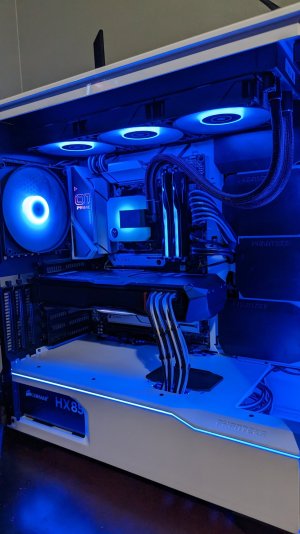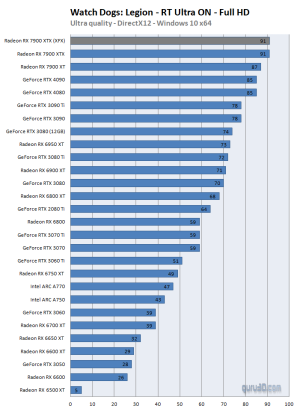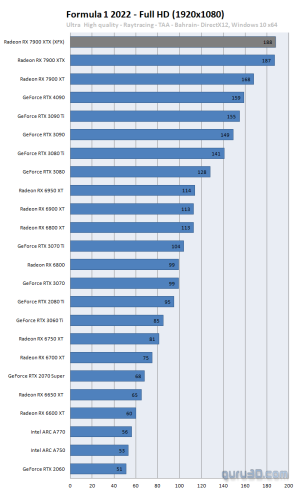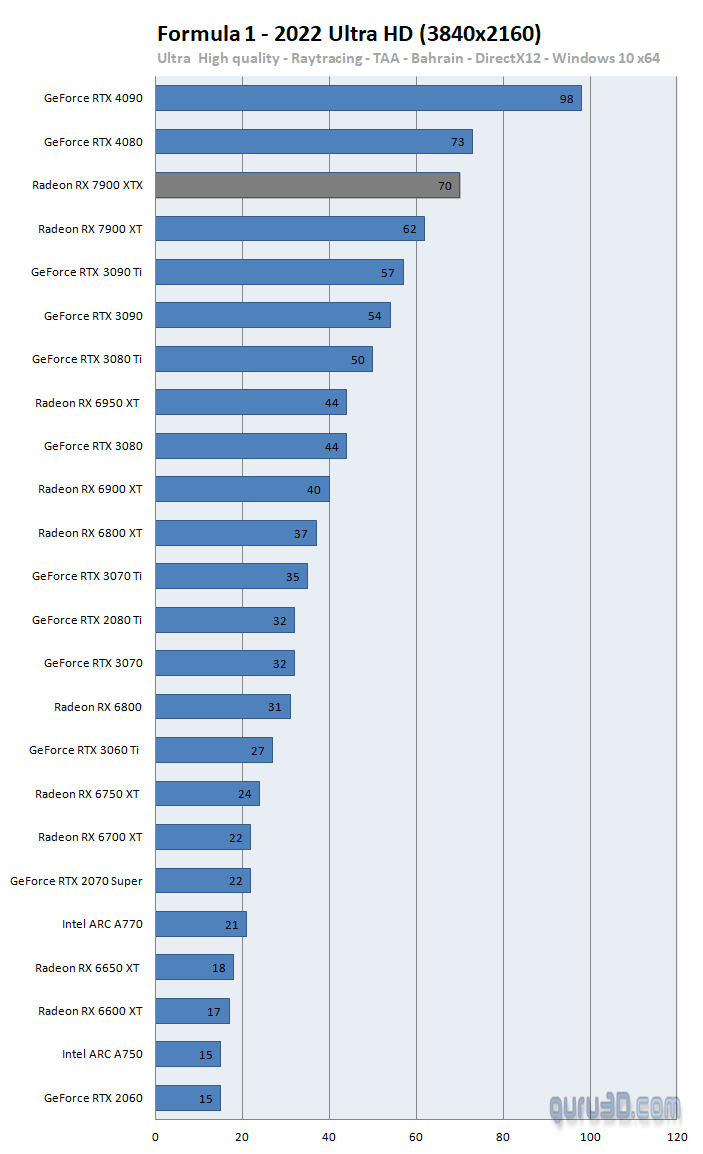Astral Abyss
2[H]4U
- Joined
- Jun 15, 2004
- Messages
- 3,065
AMD has a daily release of 7900XTX on their website at 7am/10am PST/EST. If you're quick, you might be able to snag one. OEM model only, of course.I ordered one from amazon on the 13th. still hasnt shipped. im getting desperate. haha
I recommend you go into the details page for the 7900XTX and start refreshing from there at the start of the hour. Reason being, I noticed the main page may say "Out of Stock", but at the same moment, the 7900XTX page will say "Add to Cart". I was able to get one added to my cart and purchased through Paypal this morning. Took a couple tries before it actually went into my cart vs saying unavailable. You'll have about a minute before everything is gone. Should be plenty of time if you're ready and your Paypal is preloaded on the PC or phone you're using so it goes right through without verification.
![[H]ard|Forum](/styles/hardforum/xenforo/logo_dark.png)






